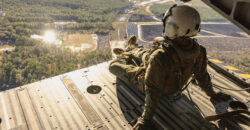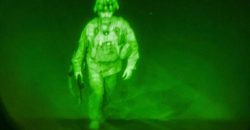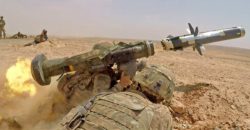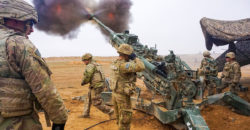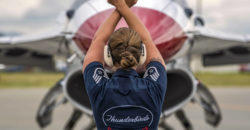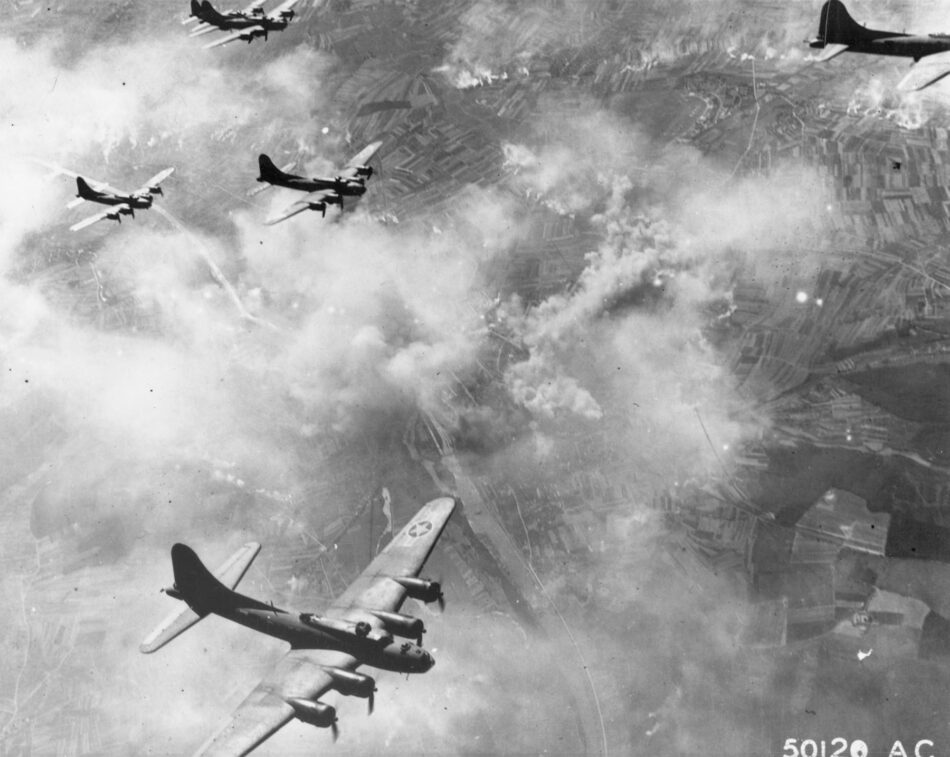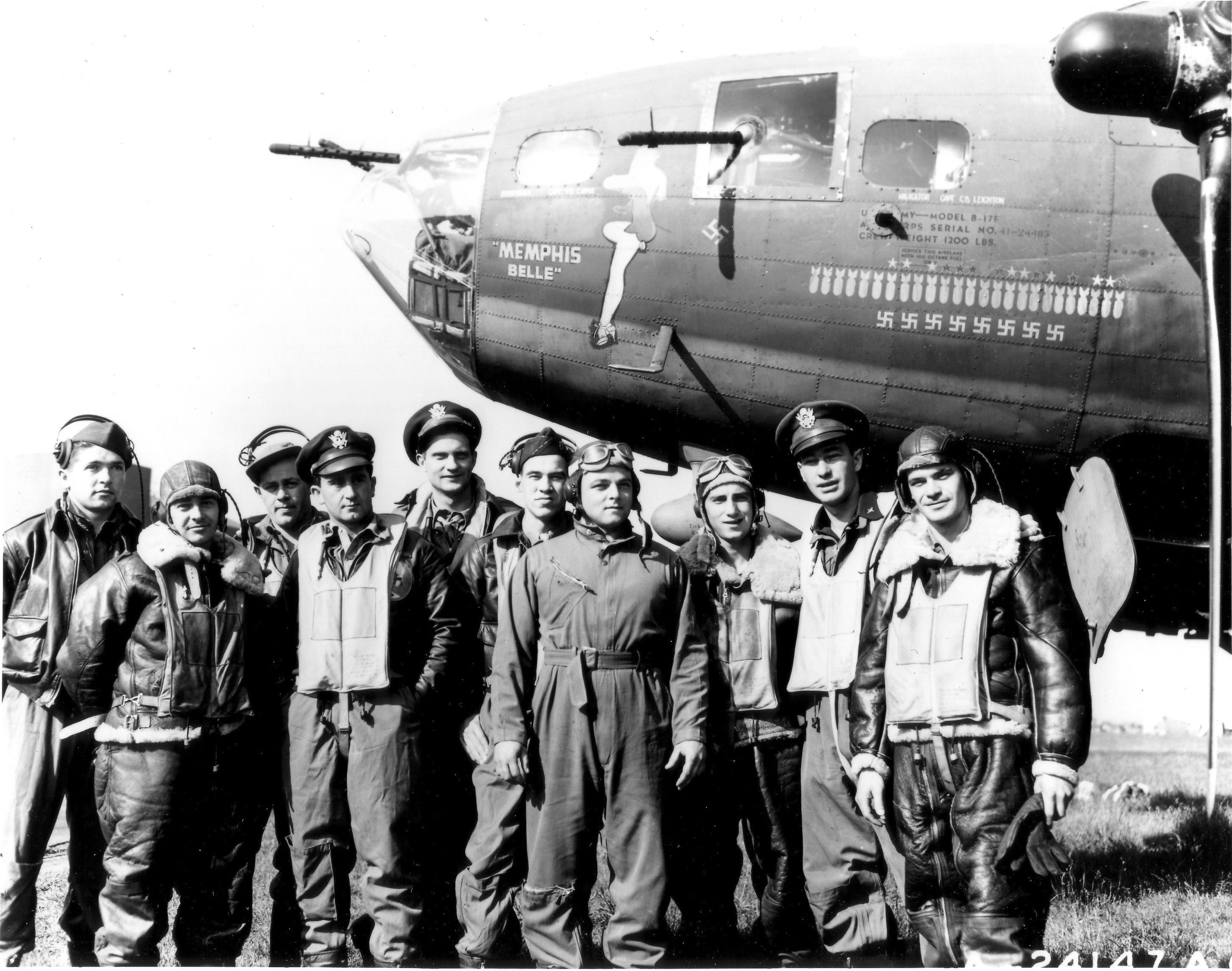Il braccialetto del tenente John Smith era stato dimenticato tra le pietre di un muretto a secco nelle campagne di Benevento. Ce lo aveva lasciato proprio lui, il pilota dell’aviazione Statunitense nel 1944, chissà per quale motivo.
Dimenticato per più di mezzo secolo, in mezzo a quelle pietre ammassate poco lontano dall’aeroporto dove il tenente prestava servizio, a bordo dei B17, le fortezze volanti, che decollavano da Castelpoto, dove c’è ancora un piccolo aeroporto, il monile d’argento è stato trovato da Antonio Schipani, un cacciatore toscano che era impegnato in una battuta di caccia proprio in Campania.
Schipani aveva sempre cercato di dare un volto a quel nome inciso sul bracciale insieme che intuiva essere matricolare, ma non ci era mai riuscito. Del resto John Smith è un nome così comune nei paesi anglosassoni; era come cercare un ago in un pagliaio. I volontari dell’Associazione Gotica Toscana hanno accettato quella missione impossibile assegnata da Schipani, provando a dare un volto a quel nome. E possibilmente rintracciare dei parenti per restituire quel bracciale.
“Durante la seconda guerra – ha detto Filippo Spadi di Gotica Toscana – ci furono migliaia di “John Smith” in servizio nelle Forze Armate statunitensi e del Commonwealth, ognuno vivendo esperienze uniche e spesso drammatiche sulla terra, in mare e nel cielo. Alcuni morirono in combattimento, altri invece rimasero per tutto il tempo al sicuro nelle retrovie; ci fu chi si comportò con onore di fronte al nemico, e chi si macchiò di ignominia. Ci fu perfino un John Smith dello US Army che fu ritenuto colpevole di stupro e impiccato nel 1945, mentre un altro con lo stesso nome fu asso della caccia nel Pacifico e si meritò la Medaglia del Congresso, la più alta onorificenza al valor militare degli Stati Uniti d’America. A tanti decenni di distanza, ricercando negli archivi un nome tanto comune, solo la presenza del numero di matricola poteva permettere di distinguere il valoroso dal criminale”. I braccialetti erano molto utilizzati dal personale militare dell’epoca. Si trattava di beni personali, ma integravano i piastrini e venivano indossati per favorire l’identificazione in caso di ferite gravissime o peggio.
John Smith: i primi dati
E così alla fine il nome del pilota è stato associato al suo numero di matricola e alla sua storia: John Smith, ufficiale pilota dell’Esercito americano con numero di matricola O-824960, era originario di Savannah, in Georgia. Smith volava sui B-17, le Fortezze volanti, con il 352° Squadrone da bombardamento del 301° Gruppo, inquadrato nella 15th Air Force operante in Italia. Partendo dalle sue basi nel sud della Penisola, questa grande unità aerea effettuava missioni di bombardamento strategico sui Balcani e sulla Germania meridionale. Il pilota giunse al suo reparto verso la fine del 1944, a guerra quasi finita, tuttavia la sua attività dovette essere piuttosto intensa e le missioni di guerra numerose, tanto da meritarsi da allora fino alla fine delle ostilità diverse decorazioni, tra cui ben 5 Air Medals e una Distinguished Flying Cross, e la promozione a tenente.
La difficile vita degli equipaggi di B17 è stata bene raccontata dal film Memphis Belle, che racconta il servizio in combattimento del vero equipaggio di una fortezza volante alla sua ultima missione di bombardamento sui cieli della Germania. Dopo aver identificato il pilota, i volontari dell’associazione sono al lavoro per trovare i familiari (se mai ne abbia) del tenente Smith. E chiudere il file di questo nuovo avvincente appuntamento con la storia
ENGLISH TEXT
It is perhaps the most common name in the Anglo-Saxon world: during the Second World War thousands of “John Smiths” served in the US and Commonwealth Armed Forces, each having unique and often dramatic experiences on land, at sea and in the sky. Some died in combat, while others remained safe in the rear all the time; there were those who did stand with honor in the face of the enemy, and those who stained themselves with ignominy. After so many decades, searching in the archives for such a common name, only the presence of the serial number can make it possible to distinguish the owner of that military jewel.
This silver bracelet was found by Mr. Antonio Schipani about fifty years ago while he was hunting in Contrada Parco, in the municipality of Castelpoto in the province of Benevento, near a small airport which still exists. The bracelet was stuck in a drywall and it appeared that the owner had taken it off and left it there intentionally. Mr. Schipani has kept it for decades with the intention of finding the owner or his family and returning the object, but he has never succeeded; for this reason he entrusted it to Gotica Toscana, which immediately took action to fulfill his wish.
The bracelet, a privately acquired object that was used to give a further chance to identify the body if the soldier had fallen in combat, belonged to a man called John C. Smith. US Army pilot officer with registration number O-824960, he was from Savannah, Georgia. Smith flew on the B-17s, the famous Flying Fortresses, with the 352nd Bombardment Squadron of the 301st Group, part of the 15th Air Force operating in Italy. From its bases in the south of the Peninsula, it carried out strategic bombing missions over the Balkans and southern Germany. Our pilot arrived at his unit towards the end of 1944, when the war was almost over, however his activity must have been quite intense and the war missions numerous, so much so that he deserved various decorations from then until the end of hostilities, including 5 Air Medals and a Distinguished Flying Cross, and promotion to lieutenant.
The hunt goes on. Having found out which of the thousands of John Smiths who fought in World War II was the owner of the silver bracelet, it remains to trace the family of the valiant veteran. Not an easy task, given the large number of Smiths living in the United States … But if it had been easy, Mr. Schipani probably would have returned the object decades ago and without anyone’s help.


